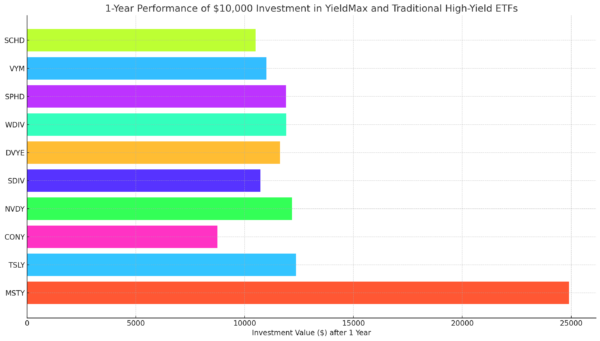A 6.6% Yield That May Be Safer Than It Appears
The Oxford Club’s Chief Income Strategist, Marc Lichtenfeld, takes a look at SMFG stock and its dividend safety rating below.
Earlier in the year, I recommended Sumitomo Mitsui Financial Group (NYSE: SMFG) in my newsletter, The Oxford Income Letter.
This was before COVID-19 made its appearance in the U.S. I liked Japan’s prospects for economic recovery and Sumitomo Mitsui’s position as the fourth-largest financial institution in Japan (although it generates 30% of its revenue from 39 other countries).
The company is also one of the technology leaders in the cashless society movement, which is something the Japanese government is strongly in favor of.
Now that SMFG stock has fallen due to the global economic shutdown, I believe it’s a screaming bargain. And while investors wait for the stock to rebound, they get paid a 6.6% dividend yield. But is that dividend safe?
Net interest income (NII), which is the difference between how much interest a financial institution collects from lending money and how much it pays to depositors, is a key metric in analyzing its dividend.
SMFG Stock Overview
Sumitomo Mitsui Financial Group’s NII declined last year and over the past three years, but barely. In 2016, the bank brought in 1.42 trillion yen. NII declined slightly the following year, rose a tiny bit in 2018 and declined again slightly in 2019.
 |
While we certainly want to see NII move higher, this hasn’t exactly been a collapse.
But SafetyNet Pro does punish banks for declining NII, so that affects Sumitomo Mitsui’s rating significantly.
SafetyNet Pro is a groundbreaking tool that predicts dividend cuts with stunning accuracy. With it, you can determine the dividend safety rating of nearly 1,000 stocks. Access to SafetyNet Pro is reserved exclusively for subscribers of Marc’s newsletter, The Oxford Income Letter. To learn more about SafetyNet Pro and The Oxford Income Letter, click here now. |
|
Here’s why I’m not too worried…
Sumitomo Mitsui Financial Group pays out only 18% of its NII in dividends. That is a very wide buffer in case things get difficult. Additionally, the company has not cut the dividend in at least the past 10 years. Instead, it has raised it five times.
Right now, we are in extraordinary times. The economic shutdown is wreaking havoc across a wide variety of industries and businesses.
But considering Sumitomo Mitsui Financial Group’s extremely low payout ratio, I suspect the dividend is safer than its low rating. In fact, if there were not a worldwide crisis going on, I’d go as far as to say there is no way it will cut its dividend.
Dividend Safety Rating: D
 |
If you want more information on The Oxford Income Letter, click here.
Despite the rating above, SMFG stock may be safer than it appears. For the latest trends and tips to building a long-lasting portfolio, sign up for our daily Wealthy Retirement E-Letter below.
About Marc Lichtenfeld
Marc Lichtenfeld is the Chief Income Strategist of Investment U’s publisher, The Oxford Club. He has more than three decades of experience in the market and a dedicated following of more than 500,000 investors.
After getting his start on the trading desk at Carlin Equities, he moved over to Avalon Research Group as a senior analyst. Over the years, Marc’s commentary has appeared in The Wall Street Journal, Barron’s and U.S. News & World Report, among other outlets. Prior to joining The Oxford Club, he was a senior columnist at Jim Cramer’s TheStreet. Today, he is a sought-after media guest who has appeared on CNBC, Fox Business and Yahoo Finance.
Marc shares his financial advice via The Oxford Club’s free daily e-letter called Wealthy Retirement and a monthly, income-focused newsletter called The Oxford Income Letter. He also runs four subscription-based trading services: Technical Pattern Profits, Penny Options Trader, Oxford Bond Advantage and Predictive Profits.
His first book, Get Rich with Dividends: A Proven System for Earning Double-Digit Returns, achieved bestseller status shortly after its release in 2012, and the second edition was named the 2018 Book of the Year by the Institute for Financial Literacy. It has been published in four languages. In early 2018, Marc released his second book, You Don’t Have to Drive an Uber in Retirement: How to Maintain Your Lifestyle without Getting a Job or Cutting Corners, which hit No. 1 on Amazon’s bestseller list. It was named the 2019 Book of the Year by the Institute for Financial Literacy.






